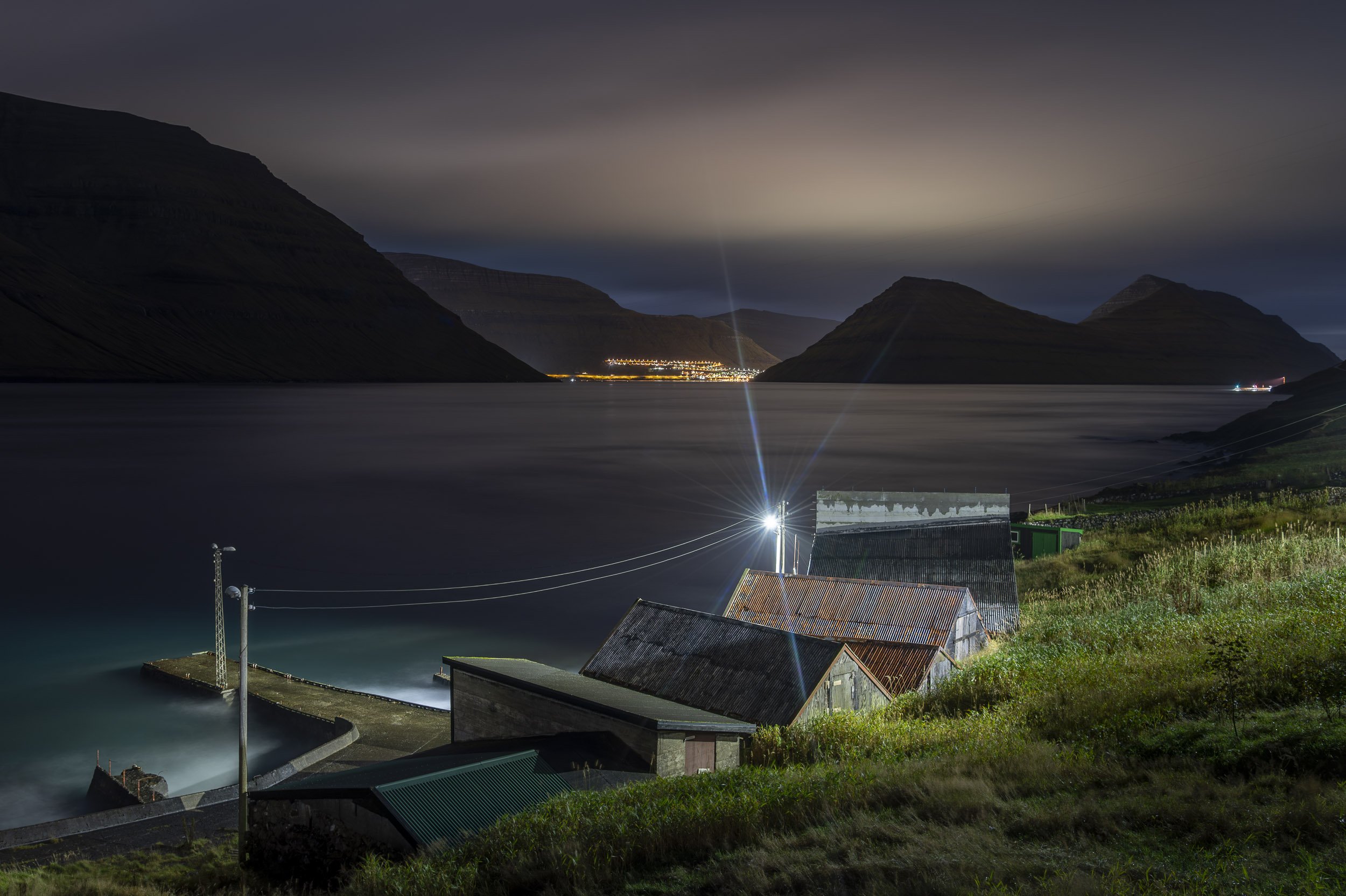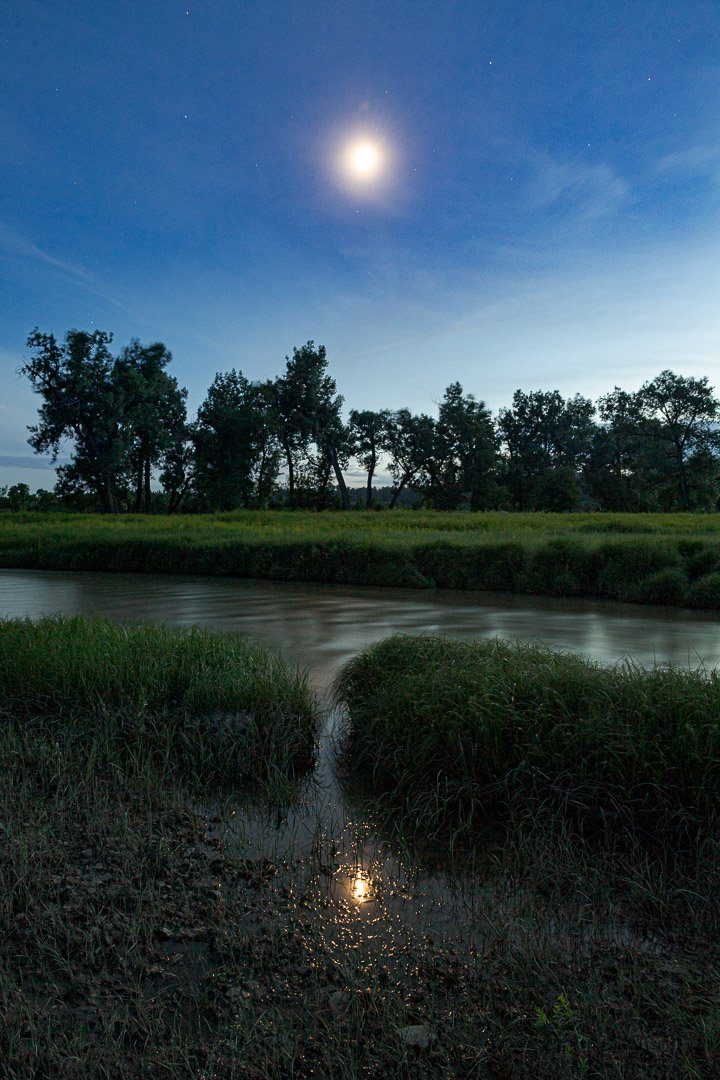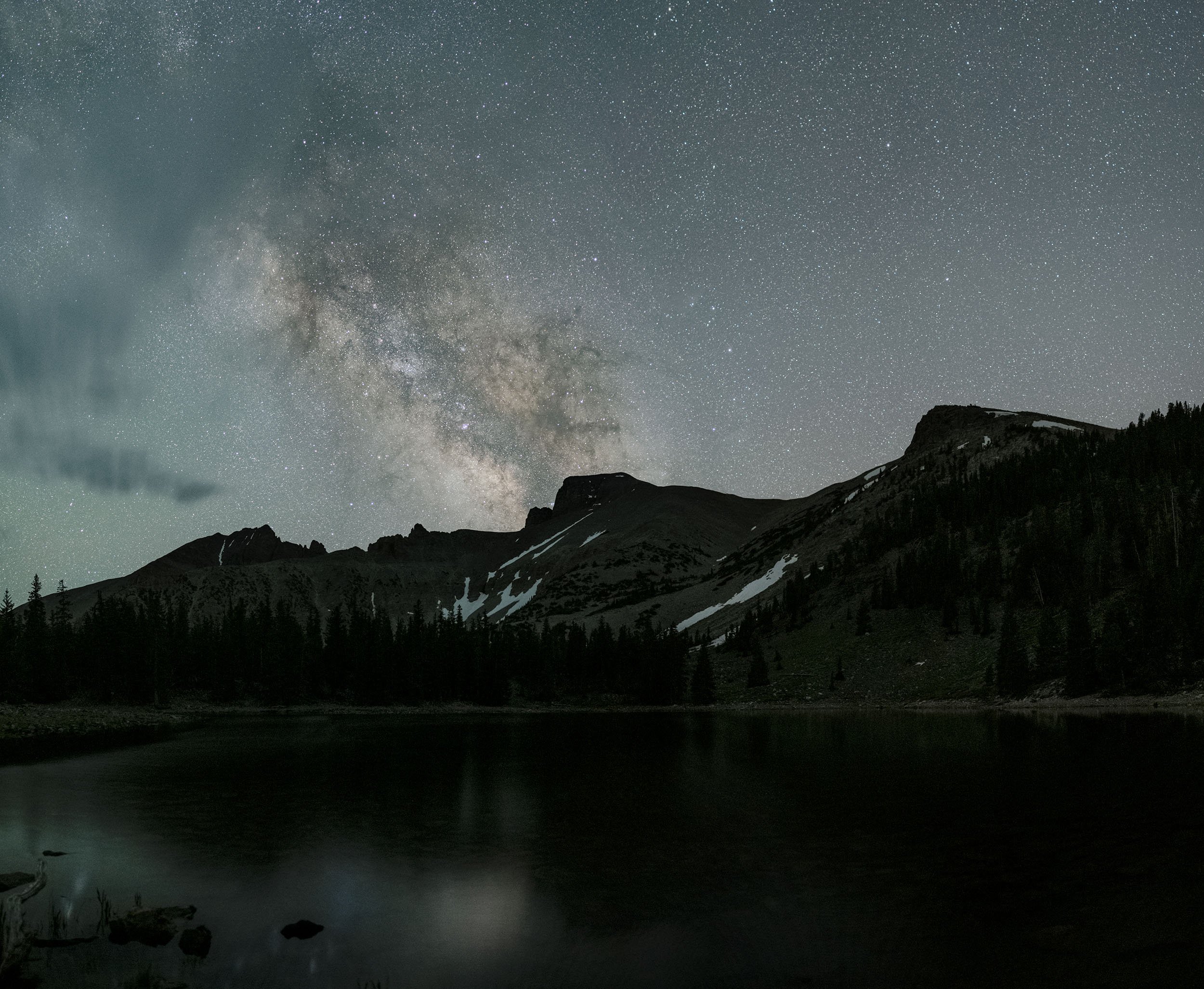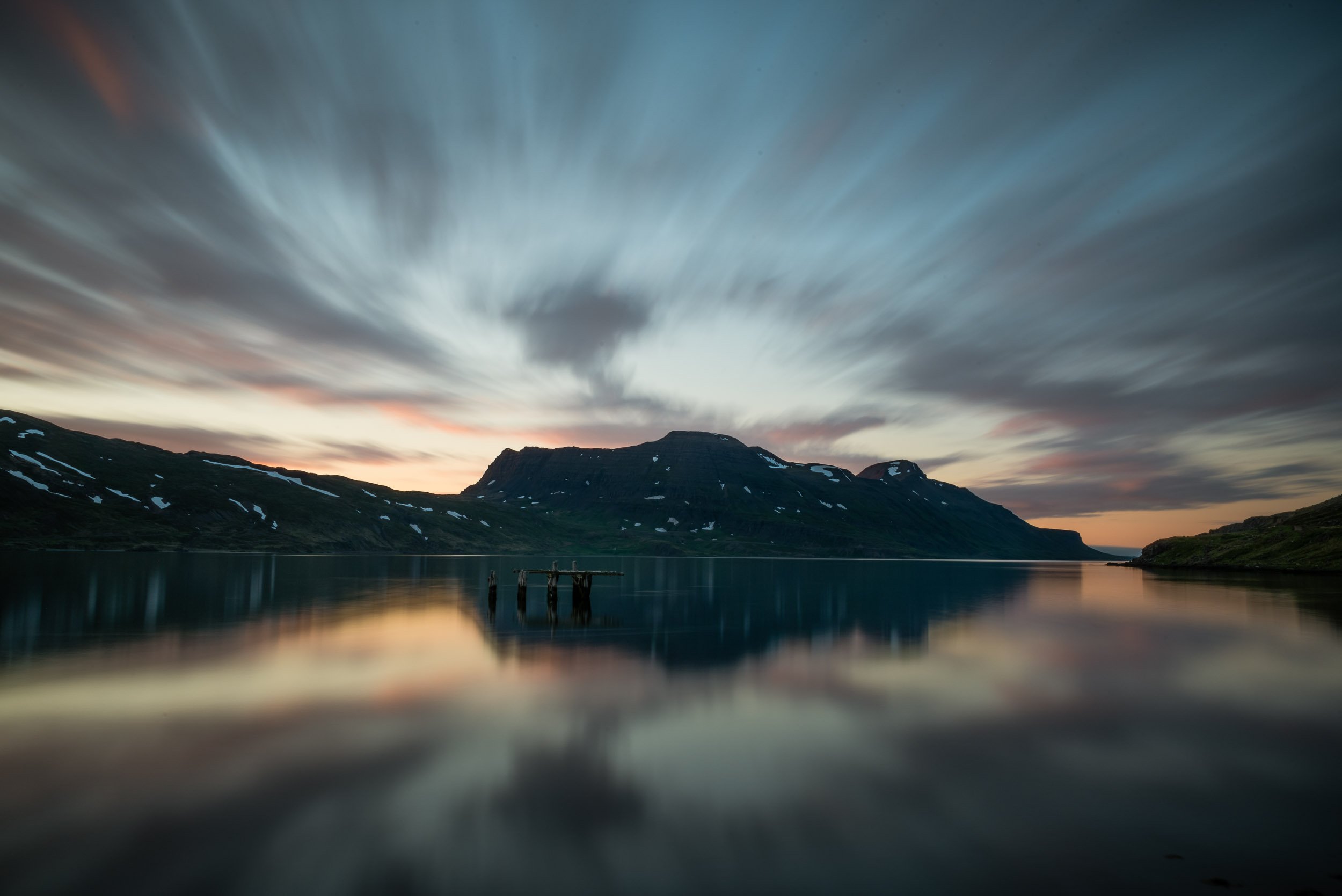Last Wednesday, National Parks at Night ran our first-ever major event, an epic day in New York City that included five lectures, a panel discussion and a two-hour night-photography walk in one of NYC’s hottest and most intriguing spots for photography.
B&H Photo was an awesome host, providing their great Event Space and handling all the logistics. Nikon sponsored the whole day and night and provided some of their best new gear for participants to use. And Manfrotto was there at night too, providing additional support (figuratively and literally!).
The B&H Event Space full of people interested in seizing the night!
The B&H Event Space hosted the afternoon session, which comprised all of the talking. The house was packed with over 80 people filling the seats and a few dedicated stragglers standing in the back for four hours. We couldn’t have been more happy with the turnout—we greatly appreciate how many people came to B&H to hear us talk about this topic we love so much, and we were thrilled that so many photographers are interested in this dynamic niche of our industry and artform.
We presented five back-to-back lectures that covered:
- Essential gear for night photography (Gabriel Biderman)
- Scouting national park locations for photo shoots (Chris Nicholson)
- Creating visual distinction in your work (Lance Keimig)
- Best practices and creative effects of light-painting (Tim Cooper)
- How to get the most out of a workshop experience (Matt Hill)
Afterward, Deborah Gilbert of the Event Space moderated a half-hour panel discussion about night photography. Both she and the audience had some great questions. We particularly liked getting into the philosophy of why the night-photography niche is so intriguing and so creatively inspiring.
Also, the front of the Event Space was decorated with 20x30 prints of our night images provided by Digital Silver Imaging. We couldn’t have been more happy with how it all looked—they do fantastic work!
Tim talks light painting with the Event Space crowd.
Videos of the lectures will be posted on the B&H YouTube channel in the coming weeks. Keep an eye on our website and social media, as well as the Event Space Twitter feed—we’ll be sure to announce as soon as they’re published.
From there, everyone headed to the photo walk in Brooklyn, where we emerged from the subway in a rainfall. Despite the precipitation, more than 60 photographers attended. And their patience paid off. The weather cleared only ten minutes into the program, leaving behind a wet sheen to all the foreground elements of Brooklyn Bridge Park and the Dumbo neighborhood’s waterfront.
We set up five shooting and education stations:
- Gabe and Chris were positioned at spots looking over the East River at the Brooklyn Bridge and the Manhattan Bridge, respectively, advising on composition and focusing
- Lance worked with participants on exposure at a calm, rocky shore at the edge of the park
- Tim helped people with composition and camera settings on a point of land right under the Manhattan Bridge
- Matt led participants through working with a Pixelstick, a great and fun light tool for night photography
One of the fabulous images we saw created during the evening, showing the shores of the East River with the Manhattan Bridge stretching toward the bright lights of the big city. © 2016 Marco Catini, www.catini.net.
Nikon’s JC Carey also attended the walk, bringing a caseload of Nikon lenses and bodies for people to borrow and use during the evening, including the amazing Nikon D750. JC was great working with everyone. He's always high-energy, charismatic and knows anything you want to ask him about Nikon gear.
Manfrotto came to the walk too, bringing tripods for participants to use. We’re very grateful to both companies, as they made the experience for everyone even better by providing access to some of the best new gear by two of the industry’s elite brands. So a huge thank you to Nikon and Manfrotto, and of course to B&H. We couldn't have pulled this off without the topnotch support and collaboration from all of you.
Flagged from behind by Matt's Pixelstick is the portion of the photo walk crowd who stayed until the end of the night. Photo © 2016 JC Carey.
All in all, it was a great day. So many people came up to us to say how much they learned, or how much fun they had. Both of those sentiments are exactly what we were hoping to provide: We want people to learn more about night photography so they have the same great experience we do when we head into the dark with our cameras.
Thank you to everyone who attended and made our event so special. If you couldn’t make it to this one, stayed tuned—we will definitely do this again!




















